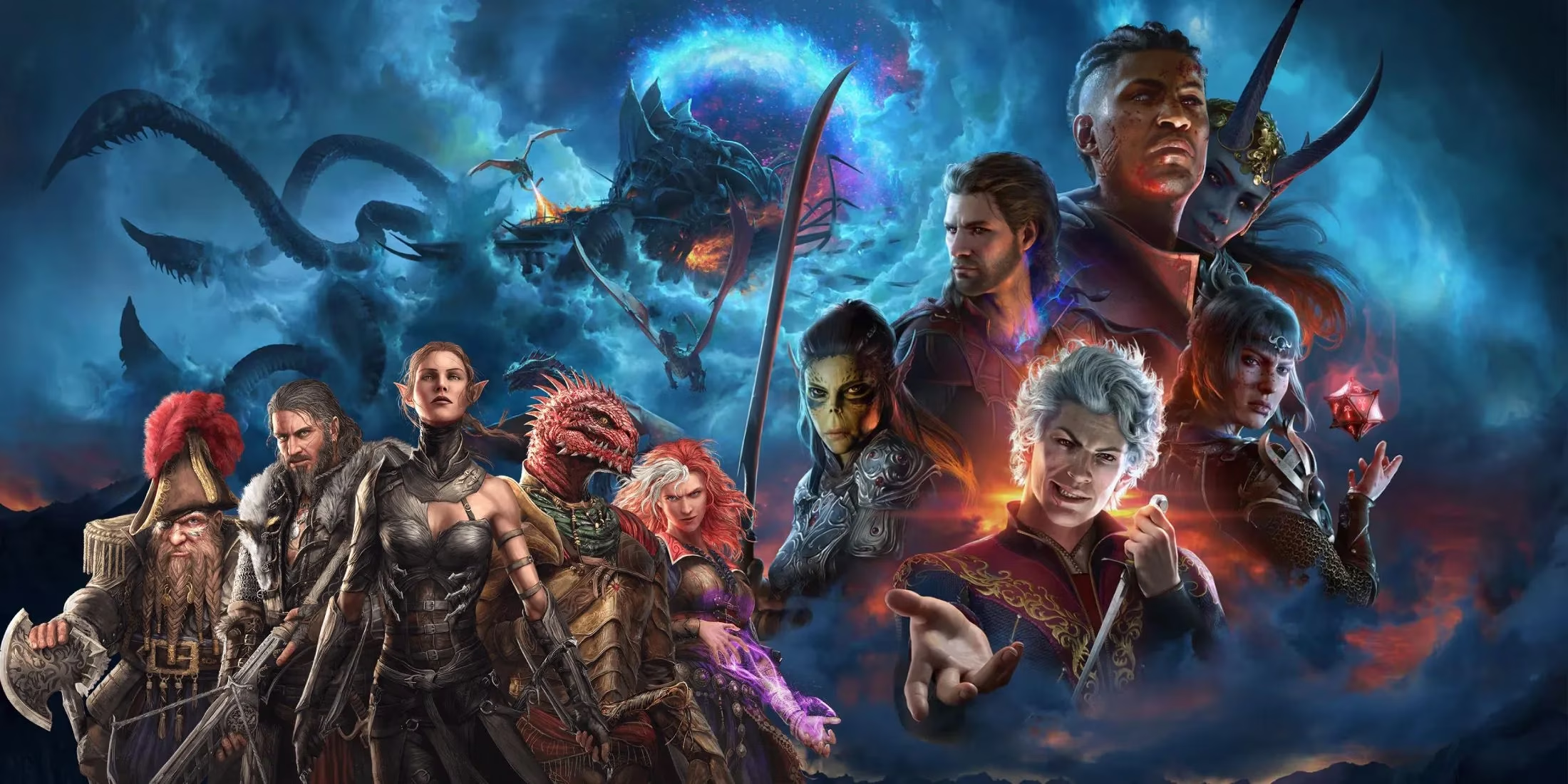I still feel the shiver down my spine when I wander through Faerûn's shadowed paths, only to encounter a familiar soul from Rivellon - Lohse's fiery hair and haunted eyes materializing before me like a ghost from my deepest gaming memories. That uncanny moment when a fellow traveler resurrected Divinity's beloved bard within Baldur's Gate 3's tapestry speaks volumes about Larian's magical alchemy, where creative sparks jump between worlds as effortlessly as a Wizard's Misty Step. Seeing her again, I'm struck by how perfectly Lohse's internal symphony of chaos harmonizes with BG3's Dark Urge narrative - two melodies composed in different keys yet sharing the same heartbreaking refrain of battling inner demons. 🎭
The Art of Soul Transmigration

When Redditor Indoril_Nerechad767 shared their Lohse creation, I gasped at the craftsmanship: every freckle, every strand of crimson hair mirroring the original masterpiece. But what truly blew my mind? They didn't just create a carbon copy skin-deep - they built her as a Bard, pouring Divinity's essence into Baldur's Gate mechanics like fine wine into a new bottle. That's the real magic of Larian's playground:
-
🎨 Visual Poetry: From facial scars to eye shape, pixel-perfect recreation
-
🎶 Class as Character: Choosing Bard wasn't optimization - it was devotion
-
🔥 Community Echo: Countless players reporting similar builds in replies
People Also Ask: Why does Lohse resonate so powerfully years later? Her struggle represents that raw, beautiful human messiness we rarely see in fantasy - she's not some chosen one archetype but a broken artist fighting her own mind.
When Demons Wear Different Masks
Lohse's journey through Divinity always gave me chills - that constant tightrope walk between controlling her demonic passenger and protecting companions from the truth. Fast forward to 2025, and I'm gobsmacked how seamlessly that narrative DNA transplants into Baldur's Gate 3's Dark Urge. It's like Larian planted seeds in Divinity that blossomed into full psychological warfare here. The parallels hit me like a critical strike:
| Aspect | Lohse in Divinity | Dark Urge in BG3 |
|---|---|---|
| Inner Conflict | Demon possession | Murderous impulses |
| Secrecy | Hides condition from party | Amnesic concealment |
| Catharsis | Musical exorcism | Blood-soaked redemption |
| Companion Reactions | Fear/distrust if revealed | Horror/abandonment possibilities |
People Also Ask: Can you truly roleplay Lohse in BG3 without her original story? Absolutely - her essence lives in those tense campfire conversations where you choose between vulnerability and isolation.
Beyond the Gate: Larian's Uncharted Symphony
As I ponder Larian's two mystery RPG projects taking shape in 2025, my heart aches for another journey through Divinity's painterly realms. The studio's newfound freedom post-Baldur's Gate feels like a blank canvas waiting for masterstrokes. Part of me wonders - will they return to Lohse's universe? The signs sing to me:
-
🧩 Narrative Legacy: DOS2's storytelling chops evolved into BG3's masterpiece
-
💫 Creative Liberation: No WOTC restrictions means bolder risks
-
🌌 IP Potential: Divinity's world barely scratched its cosmic possibilities
Yet I catch myself - this isn't about demanding sequels, but celebrating how one character's soul can transcend games. Lohse lives wherever players channel her defiant spirit against darkness, whether in Fort Joy's prisons or Baldur's Gate dungeons. Her song continues wherever we fight our demons with art and courage - and isn't that what roleplaying's all about? 🕊️
People Also Ask: Will Divinity mechanics return in future Larian games? The studio's genius lies in remixing their greatest hits into fresh experiences - expect surprises!
So here's to the dreamers who resurrect memories in new worlds, to the developers weaving psychological tapestries across decades, and to characters like Lohse who remind us: the most powerful magic isn't in spells or swords, but in stories that echo through our very being long after the credits roll. 🥂